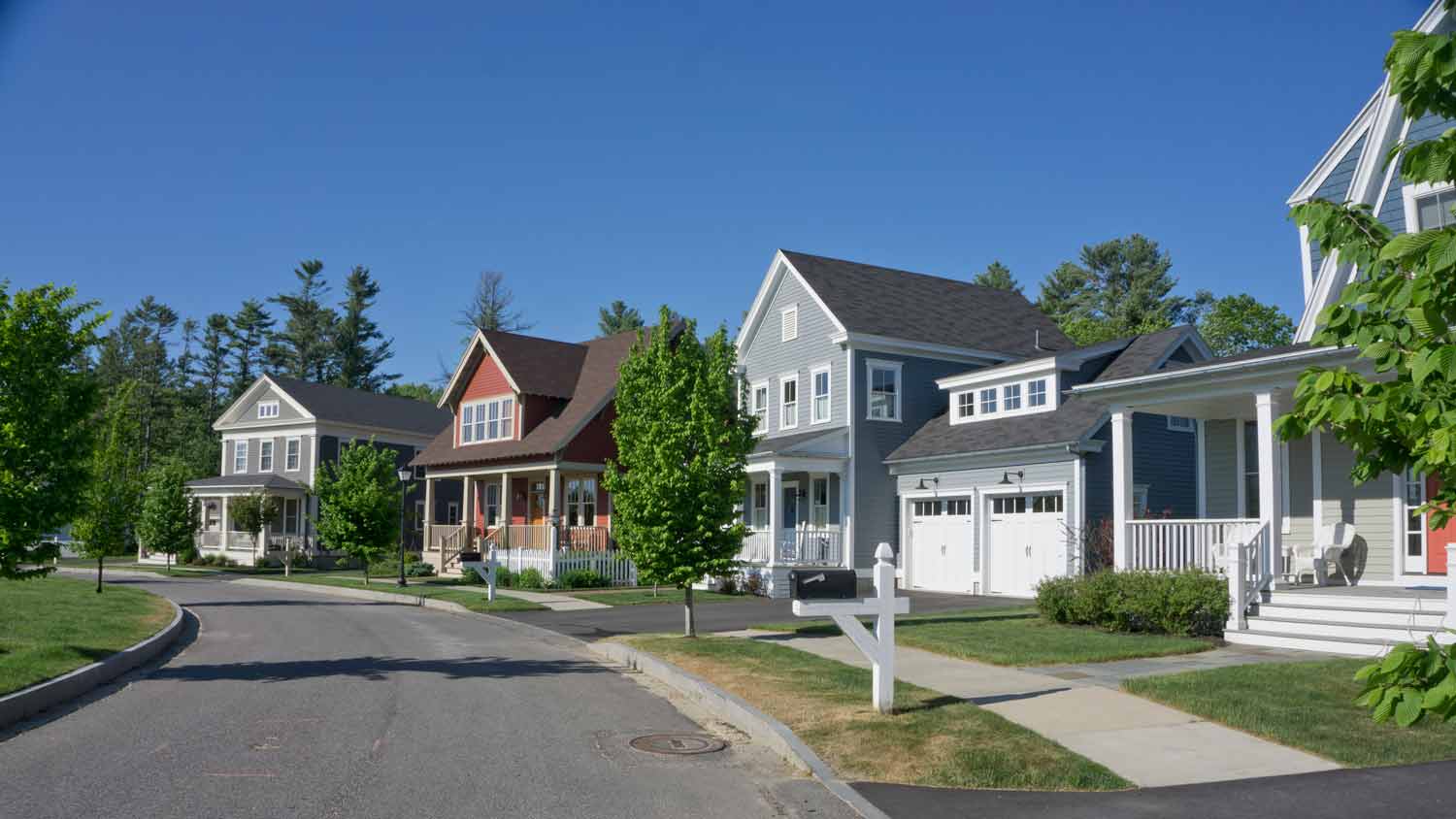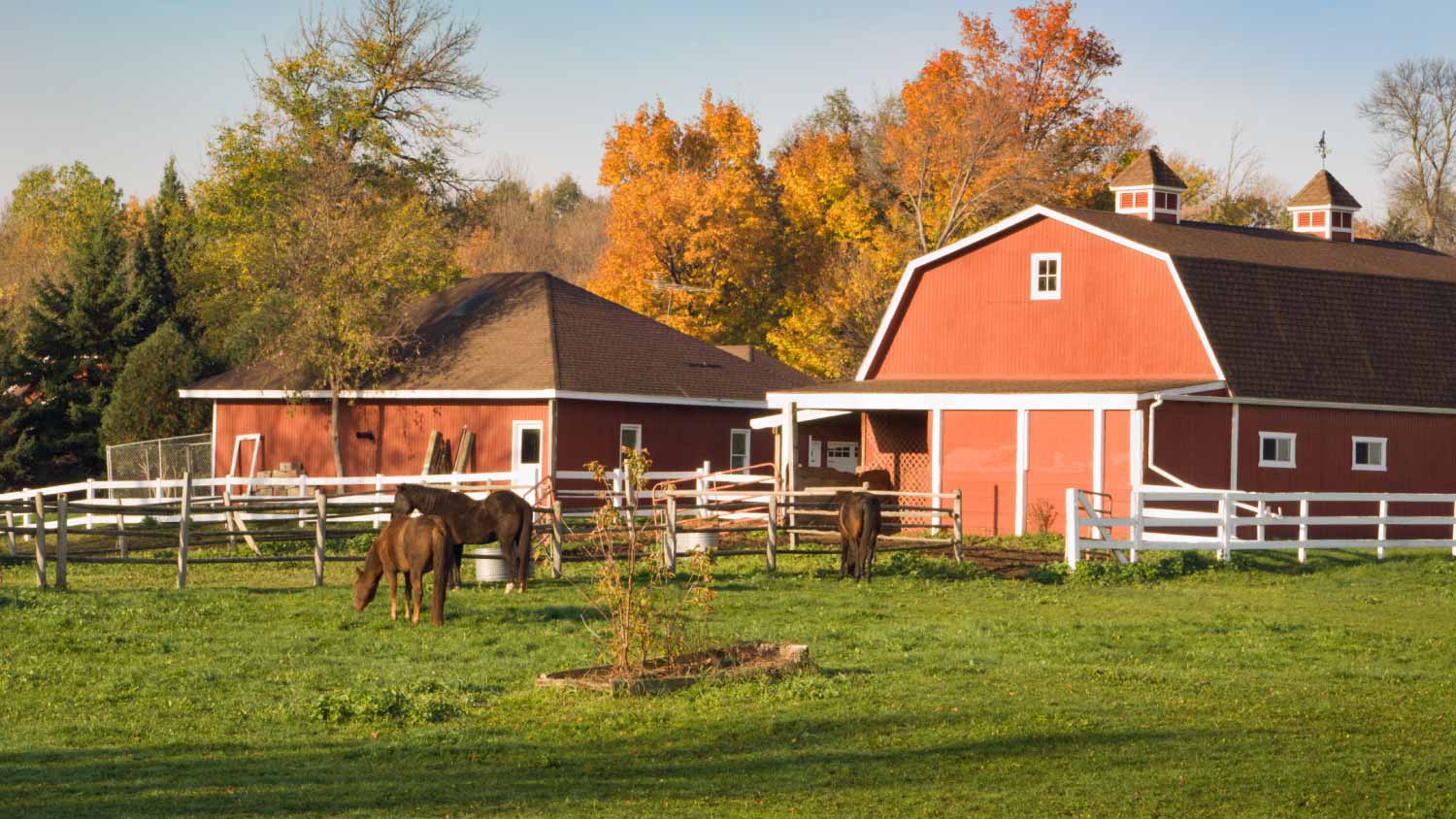
The cost to convert a vaulted ceiling to a second floor depends on factors such as its size, intended function, materials, and the project's complexity.
Boost quality without breaking the bank


Whether you’re building a new construction home or adding a bump out to your current house, choosing building materials is a big decision that you should consider carefully. Making good choices can keep upfront costs down but also future-proof your structure. Use these seven tips to maximize the value of your construction project.

First up: Prioritize purchasing high-quality materials that will last. You’re building your forever home, so you want materials that will keep you and your family safe and comfortable for decades to come. There are a few things you can consider to boost quality when you build a house, even if it means paying a little more:
Opt for two-by-six framing rather than standard two-by-four framing, which allows for more space for insulation.
Upgrade to spray foam insulation rather than fiberglass batts or rolls.
Choose fiberglass windows, which will last longer and outperform other frame materials.
Consider 3/4-inch drywall for added durability.
These options will push up your initial price, but you’ll end up with a home or home addition that lasts longer and serves you better over the years.
Don’t go for low-grade materials just to save on price. Oftentimes mid-grade options start at only 10% more and last much longer than economy-grade materials typically found at the big box stores.
Whether you live in a hot, cold, or moderate climate, the building materials you choose will directly affect how comfortable your home is—so you can avoid frequently fiddling with the thermostat on those sweltering summer days and frigid winter nights. Additionally, choosing the right building materials will reduce your heating and cooling bills and likely save you money in the long run.
Consult a custom home builder near you to discuss what R-value you should aim for in terms of insulation, windows, doors, and siding. R-value measures how well insulation keeps warm air in or out of your home.

Some homeowners are surprised to find that certain building materials aren’t readily available in their area. Items like insulation and specific window frame materials are usually available everywhere, but you might struggle with the regional availability of the following:
Certain roof materials
Exterior siding options
Stone and masonry products
Certain wood species for finish work
You can sometimes get around this issue by ordering from a large chain store, but sourcing from local or regional manufacturers whenever possible will likely be more affordable. In some cases, choosing local manufacturers can expedite the delivery process and lead to a shorter timeline for building your home.
Home construction is trending toward going green, with more sustainable building materials available now than ever before. These include building materials made from recycled or recyclable components and natural materials. You can also find materials with low concentrations of volatile organic compounds (VOCs) and a manufacturing process that isn’t resource-heavy.
Buying green building materials can sometimes add a bit more to the cost of building a house, but choosing them is a good way to reduce your carbon footprint and your impact on the environment. Plus, many cities across the country are implementing guidelines for using green materials in new construction projects, so you may have to consider these options, depending on where you live.

While you’re free to build a house however you want and customize it with whatever materials suit you, it’s a good idea to look at the homes in your neighborhood and go with options that at least partially conform to the area’s overall aesthetic. This is one tip for building a house that many homeowners neglect to think about, but it’s important in the long run.
A house that aesthetically fits in with the neighborhood will matter when you go to sell your home in the future. If you build a contemporary home with an asymmetrical design in a neighborhood of Cape Cods, you might run into trouble selling it. Also note that if you’re part of an HOA, you may need prior approval for certain materials or designs before moving forward.
A house that conforms in some capacity to the neighborhood is less likely to run into problems with resale.
Different building materials require varying levels of ongoing maintenance, so give your future self a break and choose low-maintenance options whenever feasible. Some low-maintenance choices include the following:
Metal roofing: Lasts 50+ years as opposed to asphalt’s 20- to 30-year lifespan
Seamless gutters: Needs cleaning less often than seamed gutters
Stainless steel or copper gutters: Can last four times as long as vinyl or aluminum
Brick or stone siding: Lasts twice as long as vinyl siding and needs less ongoing maintenance than stucco
Fiberglass or wood-clad windows: Last around 50 years as opposed to the 15 to 25 years you’d get from vinyl or aluminum
Wrought iron or PVC fencing: Will last two to four times as long as wood fencing
Low-maintenance building materials can also help boost your resale value, as most buyers understand that these materials mean less work for them in the long run.
Finally, you should give some serious thought to the longevity of the materials and your project as a whole. High-quality building materials might be more expensive upfront, but if you plan on living in the home for a while, you should also think about what replacement, repairs, and upkeep will cost over time. For example, you might pay twice as much for a fiberglass window, but if it lasts three times as long, you’ll save money in the end.
When in doubt, ask your home builder about the longevity of materials and whether or not it would be worth it to upgrade to a longer-lasting option.
From average costs to expert advice, get all the answers you need to get your job done.

The cost to convert a vaulted ceiling to a second floor depends on factors such as its size, intended function, materials, and the project's complexity.

The cost to build a root cellar depends on size, location, materials, and other variables. Our guide will help you decide which option is best for you.

Building a home and looking to go as green as possible? Learn about the cost to build a green home and how energy-efficient features will affect the total.

Decide whether a wood or brick house is better for you based on factors like upfront costs, durability, longevity, resale value, and ease of repair.

Building your dream home starts with hiring a builder. Here is how to find a builder who understands your needs and preferences for your brand-new home.

Discover the average indoor riding arena cost, including key prices, cost factors, and tips to help you plan your project with confidence.